An Indian-British research team has developed a building integrated linear concentrating photovoltaic (BILCPV) facade by sandwiching an asymmetric compound parabolic concentrator, passive emitter and rear contact (PERC) cells, and encapsulation layers between two sheets of glass.
The system was tested under both indoor and outdoor conditions and its payback period was found to be of up to 11 years.
Researchers from India and the United Kingdom have developed a novel smart solar façade with linear concentrating PV and PERC solar cells.
“Our work introduces a linear concentrating photovoltaic façade system that is simple to manufacture using extrusion and low-cost optical materials,” corresponding author Hasan Baig told pv magazine.
“Unlike conventional building integrated photovoltaics (BIPV), our design combines electricity generation with daylighting potential, enabling façades to become multifunctional energy systems that can contribute simultaneously to power, passive lighting, and sustainability targets.”
The BILCPV features an asymmetric compound parabolic concentrator (ACPC) optical element, which guides the light to the PERC cells. It was specifically designed for a 10 mm wide, 120 mm long silicon solar cell, featuring half acceptance angles of 0° and 40°. The ACPC, the PERC cell, and the encapsulation layer are sandwiched between two sheets of glass, emulating a double-glazed window.
“To suit double-glazed window integration, the optical element is truncated, limiting its height to 20 mm while maintaining a concentration ratio of 2.5 ×.”
This compact, efficient design maximises solar capture and daylighting in building applications,” the group explained. “The change in acceptance angle due to truncation, which would then become 0◦ and 75◦ respectively, enabling the capture of the sun rays during the summer months.”
The novel device was tested in a control lab, under standard 1-sun conditions using a AAA class continuous solar simulator. Then, it was also tested under the real outdoor conditions of London.
Electrical measurements were recorded using a calibrated data acquisition system coupled to the module’s electrical terminals. The device was compared to a reference of a bare module.
Under standard test conditions of 1,000 W/m2 and 25 C, the BILCPV module demonstrated a 132% increase in short-circuit current relative to the bare module.
Thermal simulations and experimental validation showed that cell temperatures ranged from 308 K to 339 K. As for the outdoor test, peak power output reached 1.43 W around solar noon under 700 W/m2.
“In London, lower solar irradiance results in moderate energy output and a payback period of around 11 years,” the group concluded.
“Delhi and Dubai, with higher irradiance, show better energy yields, shorter payback periods (2.9–3.6 years), and substantial sustainability impacts, including carbon savings of up to 1.7 tonnes per square metre over 25 years. ”
The system was introduced in “Smart solar façades with linear concentrating photovoltaics: design, testing, economic and sustainability assessment,” published in Sustainable Energy Technologies and Assessments. Researchers from Enphase Energy and the University of East London in the United Kingdom have participated in the research.
This content is protected by copyright and may not be reused. If you want to cooperate with us and would like to reuse some of our content, please contact: editors@pv-magazine.com.
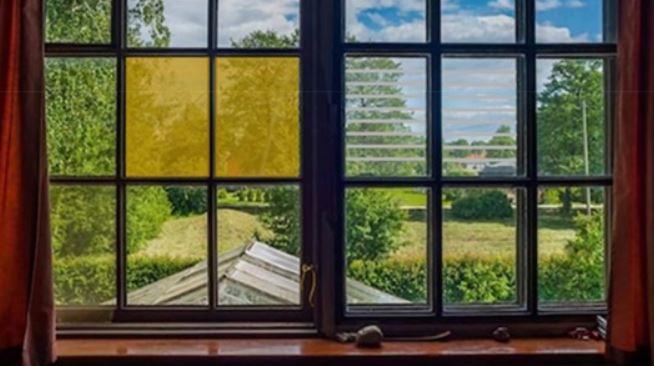
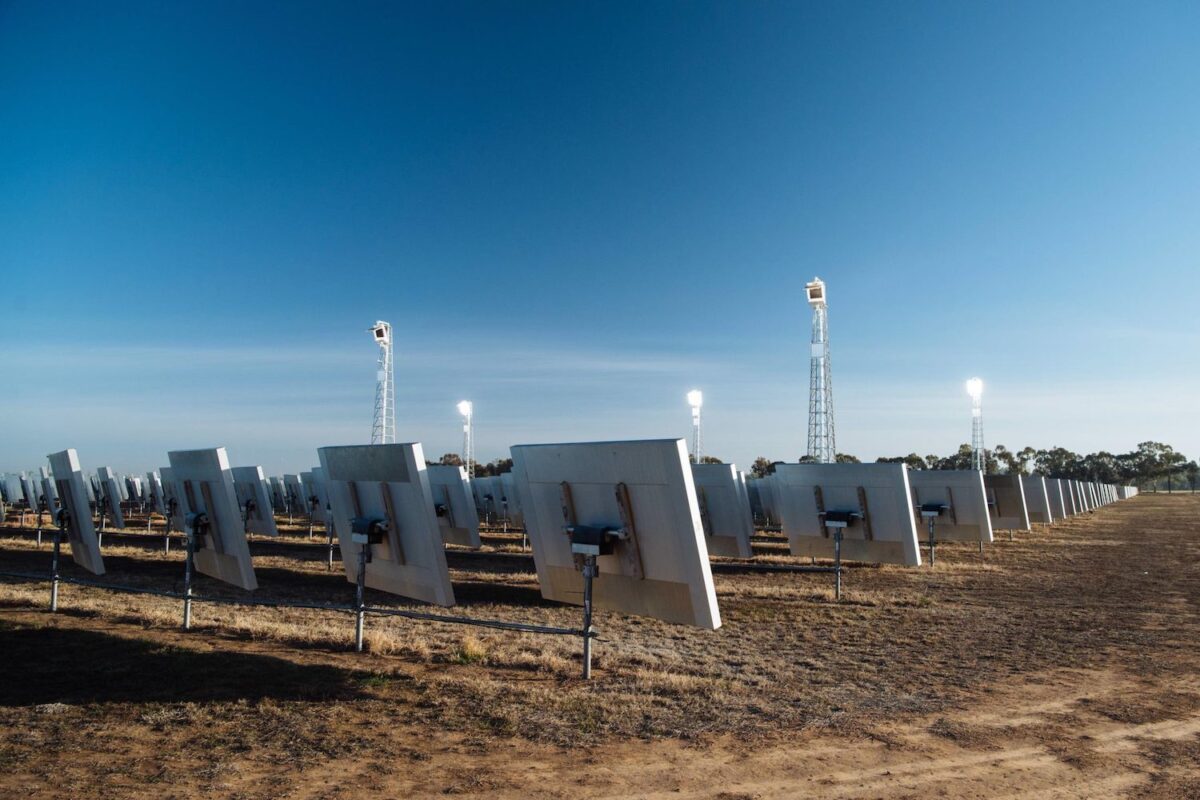

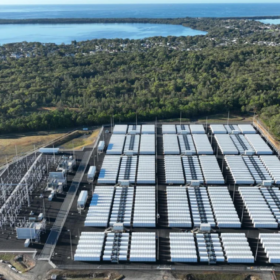
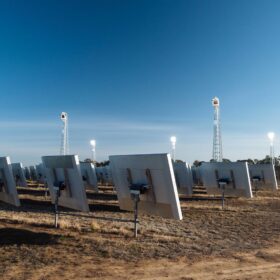

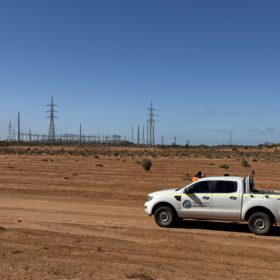
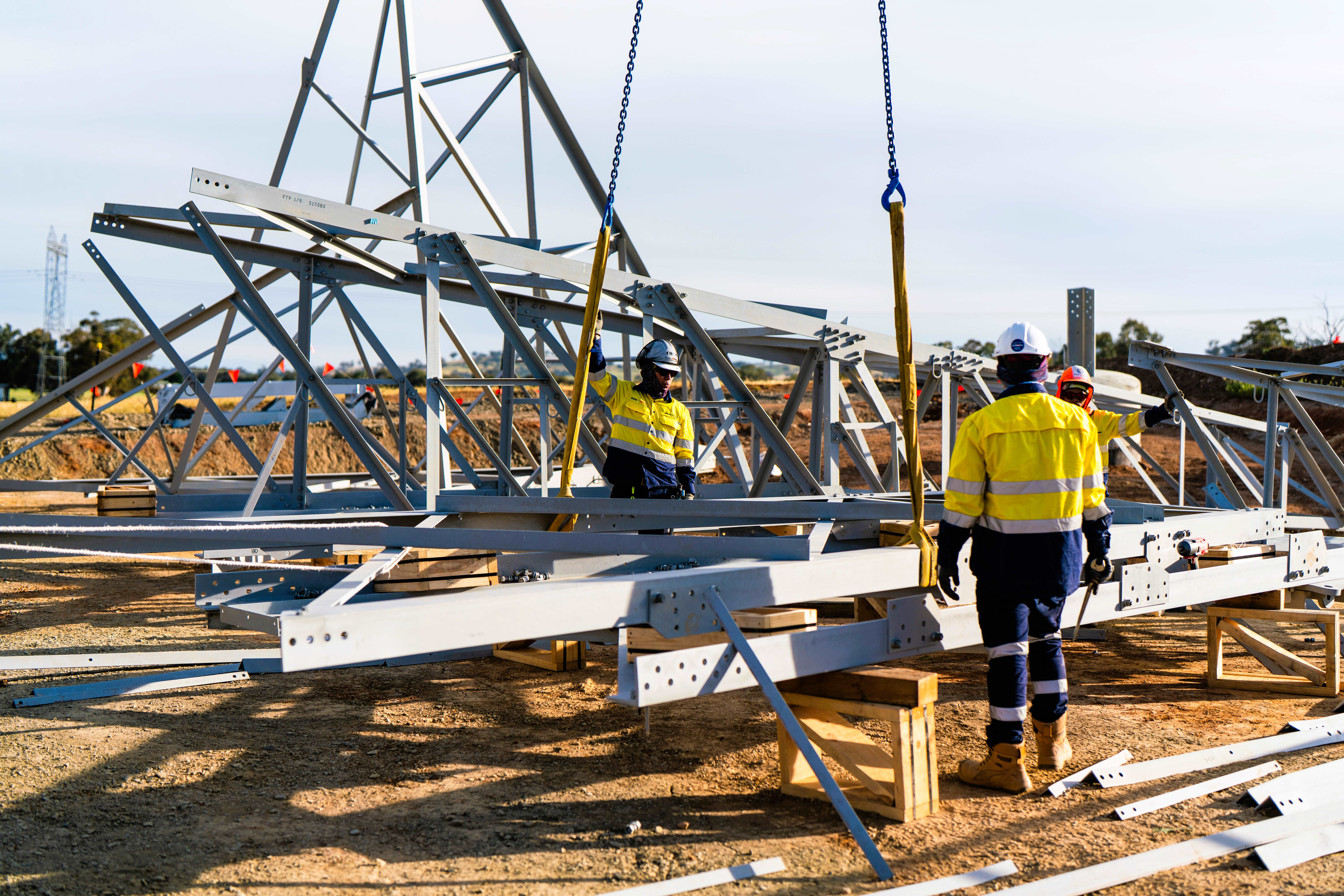
By submitting this form you agree to pv magazine using your data for the purposes of publishing your comment.
Your personal data will only be disclosed or otherwise transmitted to third parties for the purposes of spam filtering or if this is necessary for technical maintenance of the website. Any other transfer to third parties will not take place unless this is justified on the basis of applicable data protection regulations or if pv magazine is legally obliged to do so.
You may revoke this consent at any time with effect for the future, in which case your personal data will be deleted immediately. Otherwise, your data will be deleted if pv magazine has processed your request or the purpose of data storage is fulfilled.
Further information on data privacy can be found in our Data Protection Policy.